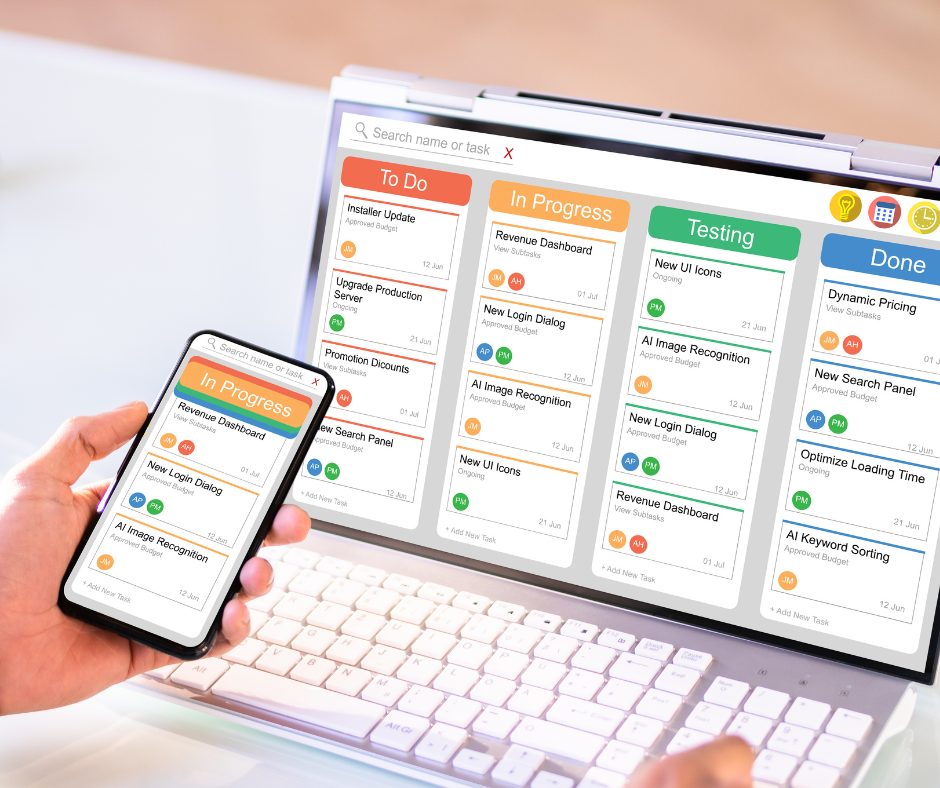Creating a Productive Routine for Hybrid and Remote Schedules
Designing a consistent routine for hybrid and remote work improves focus, reduces friction, and supports long-term wellbeing. This overview highlights practical steps—covering ergonomics, lighting, acoustics, connectivity, storage, and zoning—to help you shape a workspace and schedule that fit varied work patterns.

Establishing a dependable routine for hybrid and remote schedules begins with a clear distinction between work time and personal time, plus intentional choices about the physical workspace. Small adjustments that consider ergonomics, lighting, acoustics, connectivity, storage, and organization can reduce daily cognitive load and improve productivity. A consistent schedule—paired with zoning and privacy strategies—helps signal transitions and maintain balance when work moves between home and other locations.
Ergonomics and furniture
Good ergonomics reduce strain and support sustained focus. Choose a chair and desk that allow neutral posture: hips slightly above knees, feet flat, and forearms roughly parallel to the floor. Adjustable furniture, including monitor arms and keyboard trays, helps adapt to different tasks and body types. Position frequently used items within arm’s reach to limit repetitive reaching. Combine furniture choices with short movement breaks to counteract prolonged sitting and maintain physical comfort over long hybrid or remote days.
Productivity and routine
Productivity benefits from predictable structure and intentional flexibility. Start by mapping core work hours and blocks for deep work, meetings, and administrative tasks; use scheduling tools to protect those blocks. Create a morning ritual—brief planning, prioritizing three key tasks, and a quick setup check for connectivity and lighting. For hybrid days, plan buffer time for commuting or transitioning locations. Consistent start and end cues, such as a brief walk or a closing checklist, help reinforce boundaries between work and personal time.
Lighting and acoustics
Lighting and acoustics directly affect concentration and comfort. Aim for layered lighting: ambient light for general visibility, task lighting at the desk, and window access to support natural light exposure. Position screens to avoid glare and reduce eye strain. For acoustics, identify noise sources and use soft surfaces, rugs, or acoustic panels to dampen echoes. Headphones or white-noise options can help on noisy days or in shared spaces; combine these measures with privacy strategies to ensure reliable focus during critical tasks.
Connectivity, storage, and organization
Reliable connectivity underpins hybrid and remote work. Test internet speed and have a backup plan—mobile hotspot or alternative network—when possible. Organize digital files with consistent naming conventions and a clear folder structure to speed searches and reduce friction. Physical storage should support quick access to essentials: use shelving, drawers, or labeled containers to declutter surfaces. Regularly declutter both physical and digital spaces to keep the workspace functional and minimize distractions during focused routines.
Zoning, privacy, and declutter
Define zones within your workspace to separate activities—video calls, focused work, and breaks—so your environment matches the task. If dedicated rooms aren’t available, use visual cues like rugs, room dividers, or different lighting to mark boundaries. Prioritize privacy during meetings with background checks and consider simple soundproofing or scheduling calls during quieter hours. Regular declutter routines—daily tidies and weekly resets—help maintain zones and reduce the mental cost of clutter when switching tasks or locations.
Wellbeing, biophilia, and scheduling
Wellbeing is integral to sustainable remote and hybrid routines. Integrate biophilia by adding plants, natural materials, or views of nature where possible; these elements can support mood and restoration. Schedule microbreaks for movement, hydration, and brief exposure to daylight. Use calendar reminders for posture checks and to alternate intense focus with recovery periods. When planning hybrid weeks, balance location-dependent tasks with those best done at home and protect downtime to avoid burnout.
Creating a productive routine for hybrid and remote schedules involves both environmental and behavioral changes: ergonomic furniture and organized storage reduce physical friction, while lighting, acoustics, zoning, and reliable connectivity support consistent performance. Pair these with deliberate scheduling, declutter habits, and wellbeing practices so transitions between locations and tasks feel intentional and manageable.





